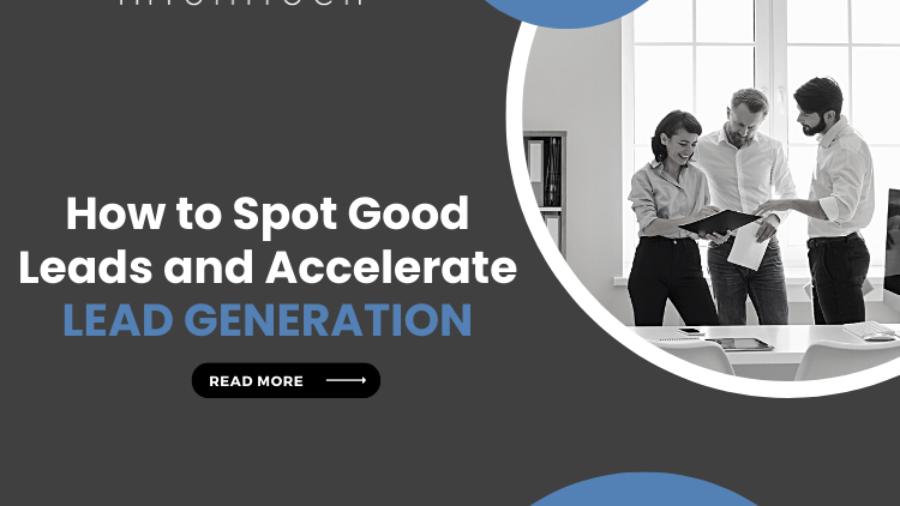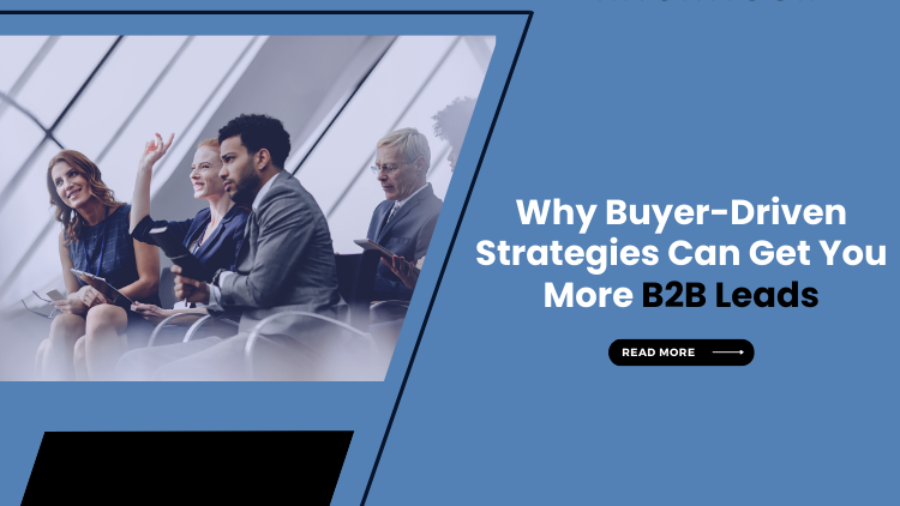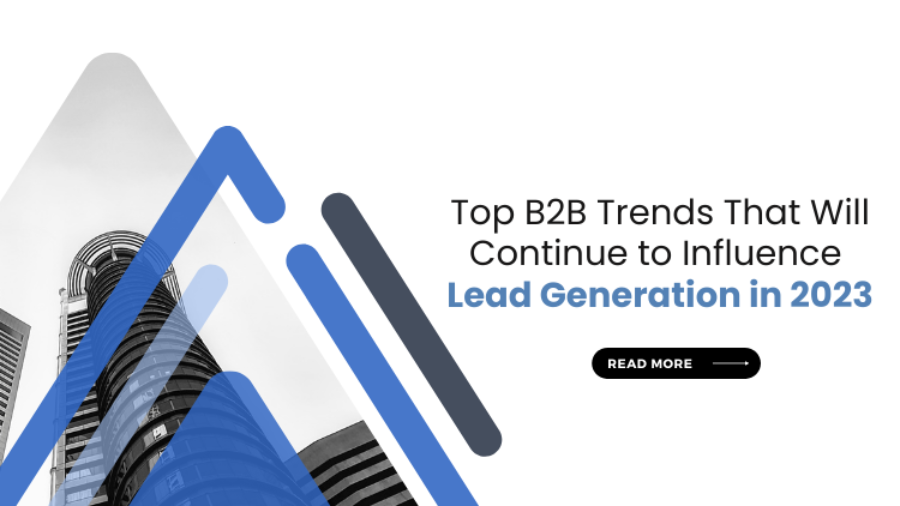Having more leads isn’t always a good thing if those leads aren’t good leads! One of the most crucial things in B2B lead generation is to be able to tell a good lead from a bad lead. This is important because if you can distinguish between good and bad leads, it can save you a lot of time, efforts and costs.
So what are the advantages of identifying good leads?
- Utilize the time and efforts of resources in the right direction
- You can invest time in nurturing the good leads with good results
- It’s easier to convert good leads into business quickly
- You can shorten the sales cycle
- Utilize data to decide the strategy ahead
- You can achieve good and expected ROI as per your plan
How to tell the difference between good leads and bad leads?
Good leads are more prepared to buy from you or they at least have shown some interest in your services. If a prospect has downloaded a content asset and is further interested in contacting you, it could be a good lead. On the other hand if a prospect has only visited your website or only downloaded the content asset but hasn’t taken any further action or isn’t responding to your communication, it may be a bad lead.
Having more leads isn’t always the best thing to happen if the leads aren’t good leads or even worse, if the leads are bad leads. Getting those quality leads into the funnel is one of the biggest challenges of lead generation. If you get bad leads into the funnel, then you may end up spending millions of dollars on bad leads and waste your time and efforts in nurturing them with no results.
Here are some ways to get those good leads into the funnel-
Focus on the buyer persona-
You have to generate good leads and the first step is to know the prospect very well. You must create the ideal customer profile and focus on the buyer personas. This will help you to create the right messaging for your leads. If you send the right offers and messages to leads, you are actually generating good leads. If you offer them what they are looking for, you can then generate interest and these leads will then respond to you thus becoming the good leads.
Nurture leads-
Nurturing them with the right content assets and messaging is an important step in creating good leads and driving those leads into the sales funnel.
Nurture them with email marketing and initiate response to generate good leads. Generate demand for the leads which are not able to take a decision on their own. These leads need hand-holding and some help in identifying the best solutions for their challenges. Be their guide, advisor and problem solver.
The MQL factor-
MQLs or Marketing Qualified Leads are already qualified to be in the funnel and these are most definitely the good leads that are ready to be Sales Qualified Leads (SQL). MQLs need nurturing and even though they are likely to buy from you, eventually they may or may not. Hence one must also focus on SQLs as they are most likely to convert into business.
Conclusion-
It is not very difficult to tell the good leads from the bad ones and if you use the above techniques it will reduce your lead generation challenges. You can also assign values to leads; segment the audience, implement lead scoring to create more possibilities of lead conversion.



